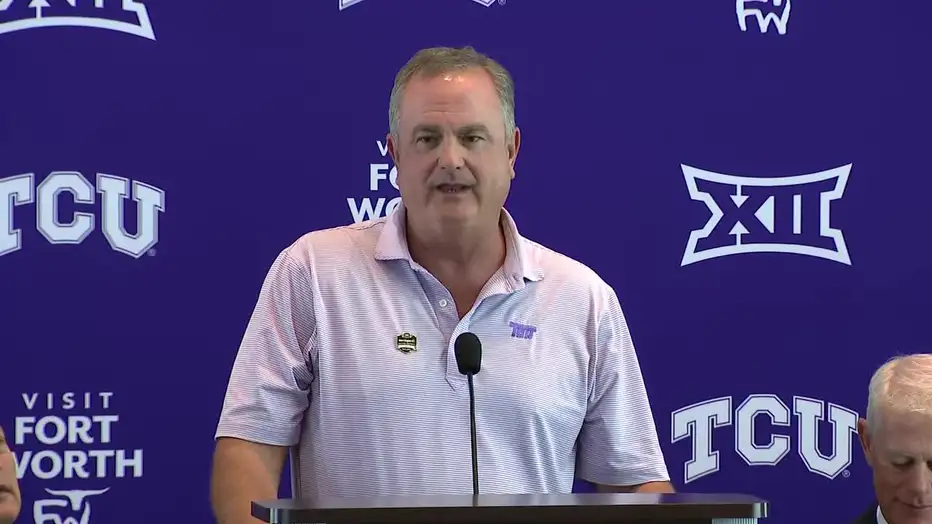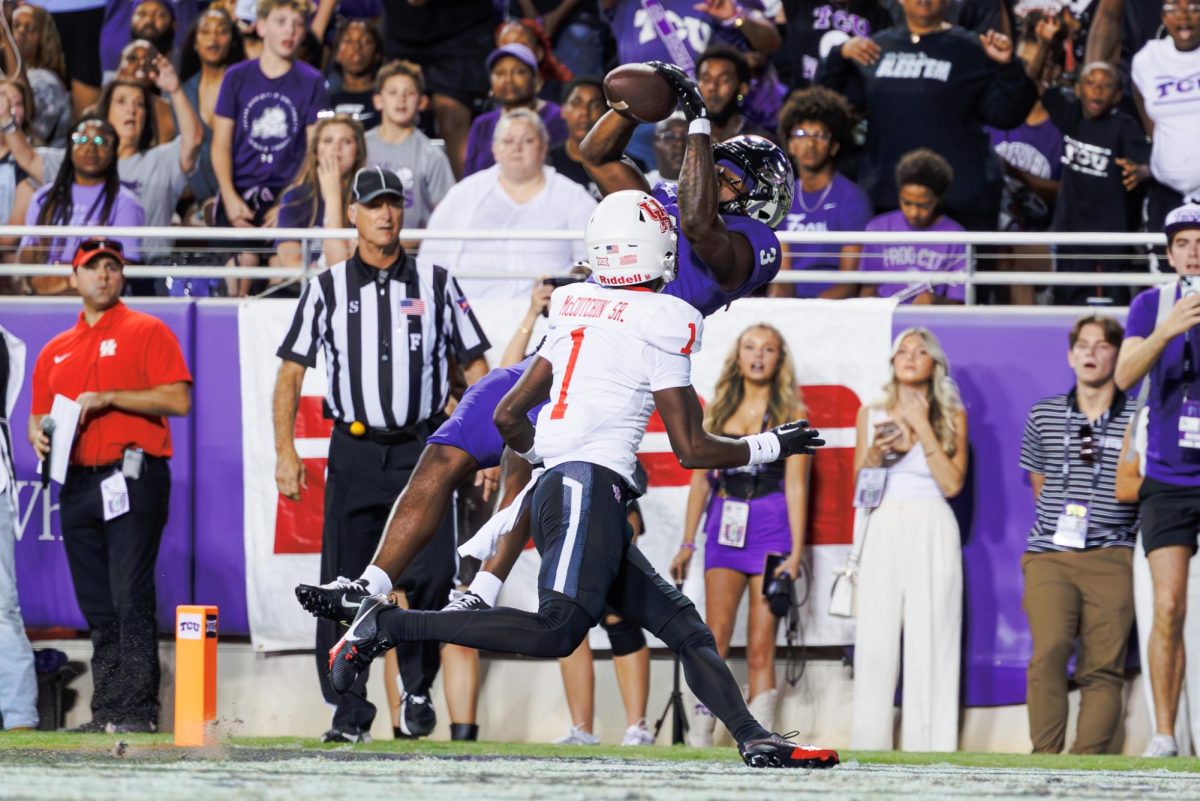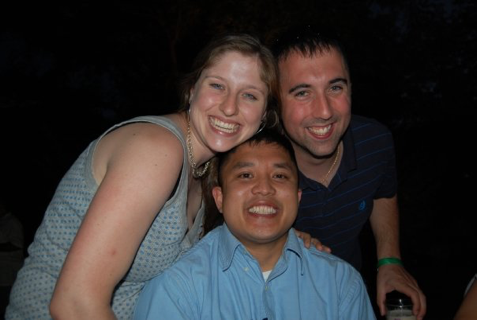As recent as Monday, Chancellor Victor Boschini indicated that TCU was committed to the Big East Conference and was looking forward to joining the conference in July of 2012. But that all changed Thursday when Big 12 Conference officials voted unanimously to extend an invitation to the university.
And with that, TCU’s search for a home might be over.
School officials will consider joining the Big 12 in the coming days, a move that could signal the end of a 15-year journey toward conference stability.
TCU had been a mainstay in the old Southwest Conference, joining the conference in 1923 and staying there more than 60 years.
But after the SMU scandals of the late 1980s and the introduction of the Bowl Championship Series in the mid-90s, the conference split in 1996. The University of Texas, Texas A&M University, Baylor University and Texas Tech University found a home in the new, BCS-sanctioned Big 12 while TCU was left to find a place in the world of non-automatic qualifiers.
Since then, TCU has bounced from the Western Athletic Conference to Conference USA to the Mountain West Conference to the Big East and now, presumably, the Big 12. If TCU does in fact join the Big 12, its odyssey, ironically, will end in the conference that started it.
But how did it get to this point? What happened in the past 15 years that would cause TCU to switch conferences three times, find the right one in the Big East, then switch again before even joining the conference?
Well, the answer lies more in what’s happened in the past two years.
When the University of Nebraska announced its intention to leave the Big 12 in the summer of 2010, the entire college athletics landscape began to shift. The Cornhuskers went to the Big 10, the University of Colorado went to the Pacific-10 Conference, and the Big 12—reduced to 10 members—was left weakened.
But the dominoes did not stop there.
The University of Utah soon followed Colorado to the Pac-12, and BYU went Independent. The Big East, looking to keep up more than get ahead in the conference realignment game, invited TCU, and the Frogs gladly accepted, joining a BCS-conference and leaving a crumbling Mountain West Conference behind them.
So, things were set. But then, over the summer, it had been rumored that Texas A&M wanted to leave the Big 12 for the Southeastern Conference.
And A&M did, formally announcing its decision two weeks ago. That left the Big 12 with nine schools and the possible defection of Missouri, whose governing board met Tuesday and decided to explore other conference options.
Adding TCU made perfect sense.
Geographically speaking, TCU’s location is in the heart of Big 12 country. Plus, TCU essentially would replace Texas A&M as the conference’s fourth Texas school.
And on the TCU side of things, the Big 12’s invitation could not have come at a better time.
The University of Pittsburgh and Syracuse University recently announced their decisions to leave the Big East for the Atlantic Coast Conference. Big East presidents and Boschini convened in Washington, D.C. Oct. 2 to discuss the future of the weakened conference, now reduced to seven football-playing schools, including TCU. The immediate reaction from Big East Commissioner John Marinatto was positive. The presidents in attendance were committed to expanding and strengthening the conference, Marinatto said.
Still, though, after this year’s round of conference shuffling, the Big East has come out on the short end in terms of stability. The Big 12 could have very well taken that same path—and still might. If anything definite has come out of the previous two years, it’s that change is the only constant in college football.
The Big 12 realized this and made its own changes by doing something it should have done 15 years ago: inviting TCU to the party.




